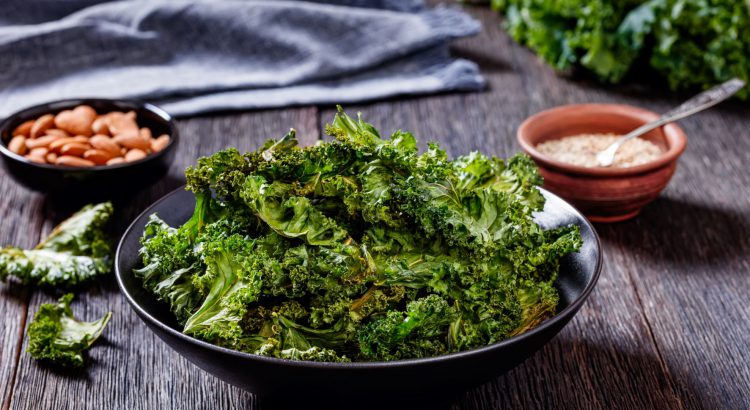Eggplant may be a challenging vegetable for many to cook. It doesn’t have a ton of flavor on its own, but it does a great job of soaking up the flavors of other things. Think of eggplant as a flavor sponge. This is one of the reasons you’ll see it baked or grilled as a cooking method, because it soaks up all that deep smoky flavor. An eggplant is mostly water, so it doesn’t have much caloric value. While it’s not very nutritionally dense as far as vitamins and minerals, it does have a decent amount of fiber and is rich in phytochemicals, such as anthocyanins, which are powerful antioxidants. These are particularly dense in the skin of the eggplant.
Traditionally, zacusca recipes remove the skin from the eggplant, but if you’re using a food processor, the skins will break down into the spread. Just give them a rough chop first. Alternatively, you can stuff your leftover skins like you would a stuffed cabbage. Then if you topped that off with the zacsuca, what a meal that would make!




